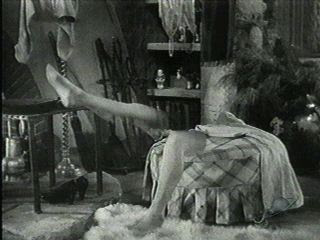Showcase Presents: Jonah Hex (DC Comics, 2005)
Writers: Joe Albano and Michael Fleisher ("Billy the Kid" and "Jonah Hex" stories); Robert Kanigher ("Outlaw" stories)
Artists: Tony DeZuniga, George Moliterni, Jose Luis Garcia Lopez, Gil Kane, et.al.
Rating: Ten of Ten Stars
"Showcase Presents: Jonah Hex" is a massive, 500-page collection of some of the finest western comics ever published. Dating from the early 1970s, a time during which DC Comics was being wildly experimental with what they were presenting in their non-superhero titles, the bulk of this book consists of the earliest appearances of the title character, the hideously scarred Civil War veteran-turned-coldblooded bounty hunter whom many believed was more demon than man.

Appearing in western anthology title "All-Star Western" (which was eventually renamed "Weird Western Tales"), the Jonah Hex series took its cues partly from the Spaghetti Westerns of the late Sixties, although the level of violence that scripters Joe Albano and Michael Fleisher presented in these stories made even the bloodiest shootouts in Sergio Leone movies seem like just another day at the kiddy pool. Likewise, the villains that Jonah Hex stalked (and was often himself stalked by) were probably among some of the worst psychos to appear in comics until everyone decided that grim and gritty was hip in the late 80s (10-15 years after Jonah started blowing away bad guys in the windswept American West). Even more interesting to me is the fact that the Hex stories manage to be both grittier and more mature that much of what was printed when such things were in vogue. And Albano, Fleisher, the artists, and editor Joe Orlando did it all while working within the strictures of the Comics Code.
The Jonah Hex character is a fascinating one. His sense of justice, devotion to setting wrongs right, unwavering code of personal honor, and Southern gentlemanliness stands in stark contrast to his appearance, to the way virtually everyone sees him, and almost everyone he comes across, be they good, evil, or merely hapless bystanders. A recurring scene in the stories is the illustration of Hex's table-manners... you'll note that he always uses a knife and fork, and that the napkin is in his lap while dining. There are also several times where his personal honor and unstated quest to put the world a-right gets him into trouble--like when he mistakes others as kindred souls.

Early Jonah Hex appearances aren't the only stories contained in the book. Two other quirky western series are presented in their entirety within this volume's pages, both appearing in the pages of "All-Star Western" before the debut of Jonah Hex.
First, there is "Outlaw", a series by comics master Robert Kanigher. It wasn't his strongest creation--and the wrap-up seems sudden and contrived--but it featured gorgeous art by Gil Kane and Jim Aparo, so it's well-worth a look. Second, there is the quirky "Billy the Kid" series by Joe Albano and Tony DeZuniga. It's not the Billy the Kid you expect, and I think this particular gunslinger probably had the worst kept secret in the Wild West. (Come to think of it... a team-up between Jonah Hex and Billy the Kid would have made for an interesting story. Maybe they'll do it in the new series, and maybe that'll make it actually worth reading.)
A second volume of Jonah Hex stories was slated a couple of years ago, but then pulled from the schedule. That's disappointing. I hope the promise of a Jonah Hex movie will result in more massive collections of Hex reprints. Seeing "Scalphunter" collected in the same fashion would also be welcomed by me.



























.jpg)
